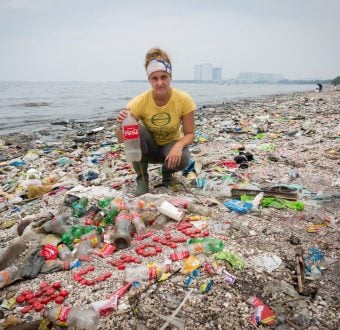Links to previous blog posts in this series: Part 1, Part 2
The Public is Kept in the Dark
In the first post in this series, I described the creation of the EPA’s Risk Management Program (RMP) in response to chemical incidents around the world. The program took effect in June 1999.
By September 2000, the EPA had received 15,000 RMP reports from facilities and intended to upload that information to a publicly accessible online database. But industry and security agency claims that making the information public would pose a security risk led the EPA to withdraw its plans for the database. Instead, it legally restricted public access to the information in 1999.
Now the only way for the public to access RMP information is to visit EPA reading rooms and review the documents. A recent report by the Union of Concerned Scientists explains, “this limited-access system particularly shuts out people who may not live close to a reading room, have access to transportation, or have the ability to take time off work during open hours.”
These barriers to easily accessible information reduce community members’ awareness of the hazards in their neighborhoods and thus their ability to hold the facilities that endanger them accountable.
Industry Lobbying and Obstructionism
In the same year that public access to chemical facility information was restricted, Senator Frank Lautenberg introduced the Chemical Security Act of 1999, which would have amended the Clean Air Act “to detect, prevent, and minimize the consequences of accidental releases that result from criminal activity.” The bill was a strong acknowledgement of the risks chemical facilities pose but was never adopted.
The nearly simultaneous restriction of public access to information and rejection of Lautenberg’s bill demonstrates the undue influence of the chemical lobby.
In a 2013 email exchange obtained via a Freedom of Information Act request, the Senior Director of the American Chemistry Council (ACC) sent the Director of Critical Infrastructure Policy at the White House (who is now a Deputy Assistant Administrator at the EPA), a reminder of the EPA’s 1996 decision not to require facilities to conduct inherently safer technology (IST) analyses. By recycling this 1996 verdict (with key points highlighted), the ACC demonstrates its backwardness and resistance to modernize the chemical industry’s safety standards as directed by President Obama’s Executive Order. Refusing to implement safer technologies that protect millions of people—as the DC wastewater treatment plant did in just eight weeks after 9/11—simply because it was not required twenty years ago is an unacceptable ploy by the industry to further delay these critical conversions.
The chemical lobby’s influence over regulation and legislation is growing stronger each year. It spent $64.7 million on lobbying in 2014, the most in its history. That investment is paying off. The industry’s chumminess with the very agencies meant to regulate it may now have resulted in agency capture.
A recent blog post by senior EPA official Mathy Stanislaus praising the industry’s weak voluntary safety program demonstrates the cozy nature of the agency’s relationship with the industry. Stanislaus’s endorsement of industry self-regulation is “a wishful embrace of volunteerism that has failed too many times and places in the recent past,” according to Chemical Safety Board founder Dr. Gerald Poje.
The EPA must shake the chemical lobby’s unseemly influence and live up to its middle name—protection. Without vigorous oversight, the well-being of workers, communities, and first responders will remain entirely in the hands of an industry that has time and again proven its recklessness.



